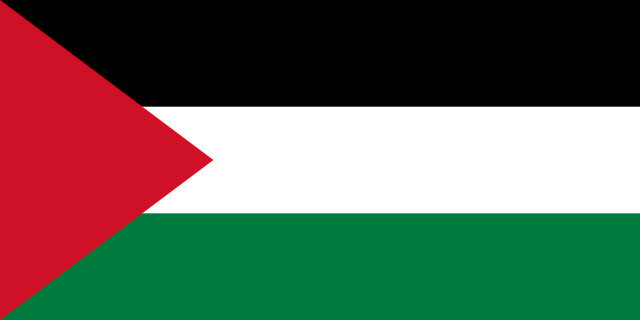Biodiversity Overview Palestine
Historic Palestine is some 27,000 km2. When Israel was created in 1948/1949, two areas of Palestine remained unoccupied (West Bank of Jordan and the Gaza Strip). These were subsequently occupied in 1967. Geographically Palestine is at the intersection of Eurasia and Africa and hence was the path of Human migrations out of Africa. Due to this geography, it is also a country where hundreds of millions of birds come through on annual migration between the continents. Geologically, Palestine sits at a fault zone between the African and Arabian Tectonic plates which resulted in high mountains to the West of the Great Rift Valley which separates the Palestinian mountains from the Jordanian mountains. Within the areas of the West Bank and Gaza, there are the central highlands running north (Nablus mountains) to the South (Hebron Hills).
The climate in Palestine is mild Mediterranean climate in most of the country with elements of Arid regions in Southeastern parts of the country and in the lower Jordan valley. The central mountain ranges are at elevations up to 1200 meters. The eastern parts of these mountains thus receive less rain and include Irano Turanian Habitats as well as Saharo Arabian Habitats. The hill tops and Western slopes have typical Mediterranean woodland and shrubland which then slope further to coastal habitats. The coastal regions usually have high humidity hot and dry in summer but not too cold in winter. The Jordan valley itself gets rainfall from 200 mm (in the north) to <100 mm (in the south around the Dead Sea). Temperatures have already increased and are projected to increase even further and rainfall is expected to decline in the next two to three decades due to global human-induced climate change.
The State of Palestine (occupied Palestinian territories of the West Bank and Gaza) includes several phytogeographic areas/zones: Mediterranean, Coastal, Irao-Turanean, Ethiopian, and Saharo-Arabian. Palestine due to geography and geologic history is rich in biodiversity compared to countries of the same latitude. In Historical Palestine, there are about 51,000 living species (and increasing each year), (EQA 2021, 2022). There are an estimated 30,850 animal species in Historic Palestine, consisting of >2850 plant species, an estimated 30,000 invertebrates, 551 birds, 297 fishes, 130 mammals (over 20 are extinct), 97 reptiles and 8 amphibians. The state of Palestine also hosts over than 2,000 species of plants including 54 endemic plants that do not exist in any other part of the world. This rich biodiversity faces a number of threatss including climate change, habitat destruction, pollution, overexploitation, invasive species, and colonial settlement activities.
See References in the Publications
